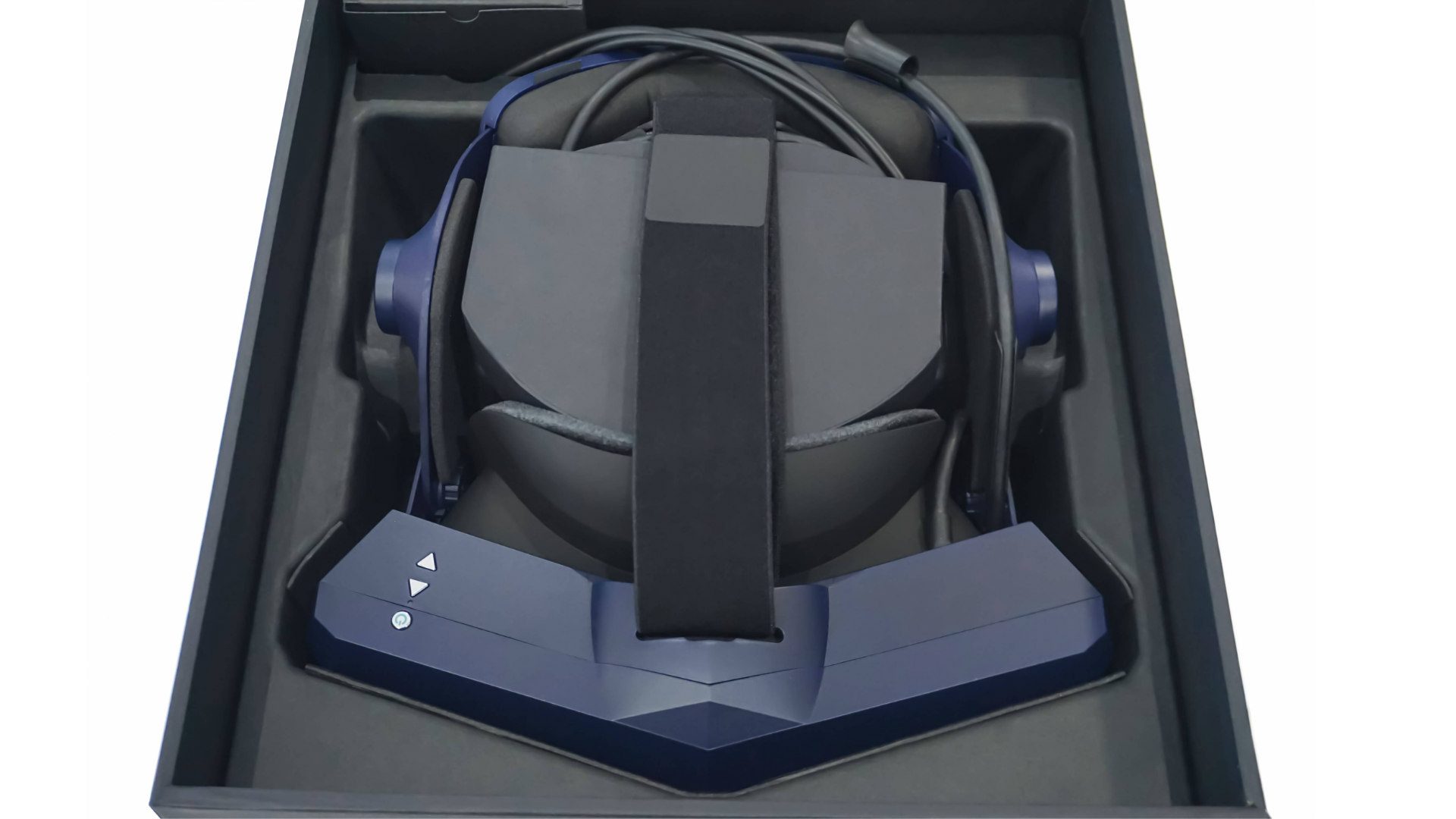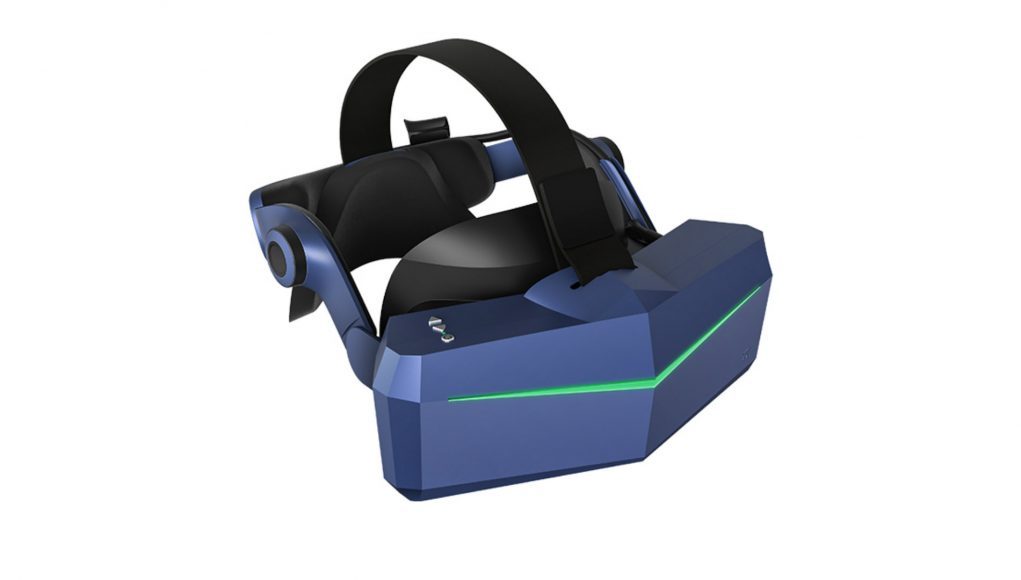Pimax, the company known for its wide field of view (FOV) VR headsets, have now launched the Pimax “5K” SUPER, a PC VR headset first shown in its prototype stage at CES 2020 earlier this year.
The new Pimax “5K” Super is being billed as a hardware refresh of the Pimax “5K” Plus, which launched in 2018 with 2,560 × 1,440 pixels per-eye LCD display capable of up to 144Hz refresh rate, and a 200-degree FOV. Priced at $600, the Plus is just one step above the company’s $450 entry-level headset, Pimax Artisan.
Now available for purchase on the company’s website for $750, Pimax “5K” Super features the same 2,560 × 1,440 resolution per-eye and 200-degree FOV as the Plus variant, however the biggest draw is its higher refresh rate at 160Hz, with 180Hz available in experimental mode. In addition to those refresh rates mentioned above, the headset also offers support for 90Hz, 120Hz and 144Hz.

Pimax “5K” Super also includes a new Modular Audio Strap, Pimax comfort kit facial padding, nose guard to prevent light leakage, and a ruggedized exterior housing.
As for the headset’s main draw, provided you have the computer to run it, higher panel refresh rates typically equate to smoother experiences: eg. Valve Index’s 144Hz refresh rate offers impressively smooth and tight-feeling gameplay.
Like many of Pimax’s headsets, the “5K” Super is tracked via either SteamVR 1.0 or 2.0 tracking beacons, which must be purchased separately at its base $750 price. A bundle is however available for $1250 which includes two SteamVR 2.0 base stations and two Valve Index controllers.
Pimax headsets are also now said to include the new ‘Pimax VR Experience’ software which the company says “dramatically reduces configuration time for VR software” by automatically applying all VR optimizations required for Pimax headsets and allowing for a one-button launch on any platform.
Note: We’ve put the “5K” in quotes because Pimax isn’t referring to the same 5K that would come to mind when thinking traditionally about this such as TVs or monitors. The headset’s total horizontal resolution is claimed to be 5K pixels, however that’s split across each eye. The naming scheme is confusing, so as with other headsets that use similar nomenclature, we put “5K” in quotes to help our readers understand that it’s being used differently than they might expect.







